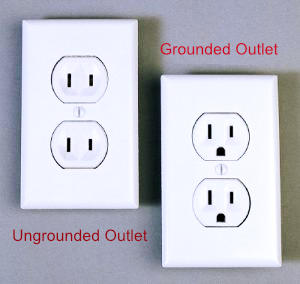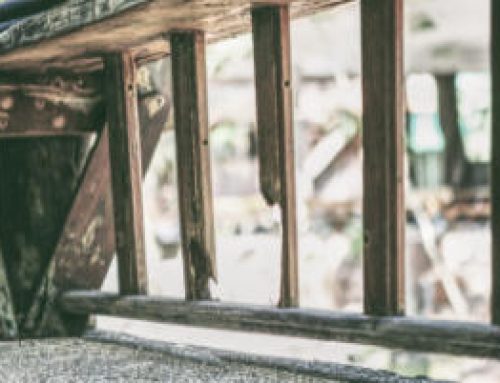Inspectors looking at home electrical  systems are finding common electrical deficiencies that not only won’t pass code, they can be downright dangerous.
systems are finding common electrical deficiencies that not only won’t pass code, they can be downright dangerous.
Many of the errors stem from electrical work the homeowner performs him/herself. Even though homeowners are allowed to work on electrical systems, a professional inspection is required prior to closing off walls or ceilings with drywall to ensure that the work is up to code. A professional electrician should know better when installing or repairing electrical components, but even they sometimes miss problems they shouldn’t.
Here are some of the more common electrical deficiencies:
Electrical Panels Incorrectly Located
An electrical panel has strict rules about how and where it should be placed. It should never be located in a damp area like a bathroom, in a closet, along a stairway, or in out-of-the-normal-use rooms.
Incorrect Metal Stud Attachment Hardware
When metal studs are used in wall construction, the proper CSA-approved hardware must also be used for attachment. Without the proper bushings, if the wire insulation were to fail, the entire wall could become energized. A way around this is to install a wood stud attached to the metal stud to support wiring cables.
Outlet Polarity Reversed
Your outlets need to be wired so that the hot lead is connected to the part of the outlet where items are plugged in. This ensures that when the item is switched off that no voltage remains inside to cause a shock if touched. A common problem known as Reversed Polarity is when the neutral lead is attached to what should be the hot side of the outlet.
Three-Pronged Outlets with Two-Pronged Wiring
Most new construction uses the three-pronged outlets as standard items. However, when residential or commercial buildings undergo remodeling, or are being put up for sale, a trick for making the unit look updated is to replace the two-pronged outlet covers with three-pronged ones. Unfortunately, sometimes this is done without also changing the wiring connected to those outlets. Modern equipment and appliances uses more amperage and requires wiring with more insulation and sufficient grounding. And in bathrooms, an outlet is required to be on a dedicated ground fault circuit with three wires. Assuming that a three-pronged outlet is wired correctly, and using it, can lead to overheating and potentially a fire within the wall.
Interior and Exterior Wire Intermixed
Wire manufacturers create wire with specific coatings and insulation to withstand exterior elements. While exterior wire can be used inside (not recommended), interior wire cannot be used on the exterior. Interior wire is not adequately insulated, which could lead to water or solvents penetrating through the coating to interfere with the electrical connection.
Incorrect Use of Extension Cords
An extension cord was never meant to be used on a permanent basis, and it is especially not suited when connecting large or heat-producing appliances such as a refrigerator, heating or cooling units, or furnaces. Extension cords should not be strung together or laid beneath other items such as a rug. And interior-grade extension cords should never be used outside.
Electrical Inspections from Först Consulting Group
At Först Consulting Group, it is out business to keep up to date on electrical codes and requirements. We can perform a complete electrical inspection of your home, business, or a property you are looking to purchase to identify any electrical deficiencies. We look at things like receptacles, lights and switches, and using high-tech thermal imaging equipment, can even “see” behind the walls for any “hot spots” that may indicate problem areas. We can also perform a pre-drywall inspection to investigate electrical systems and wiring prior to drywall installation.
Unless you are a licensed electrician, don’t mess around with electrical repairs without an expert on your side. Contact Först today.
Inspection services for clients throughout Northern Virginia, Maryland and Washington, D.C.


